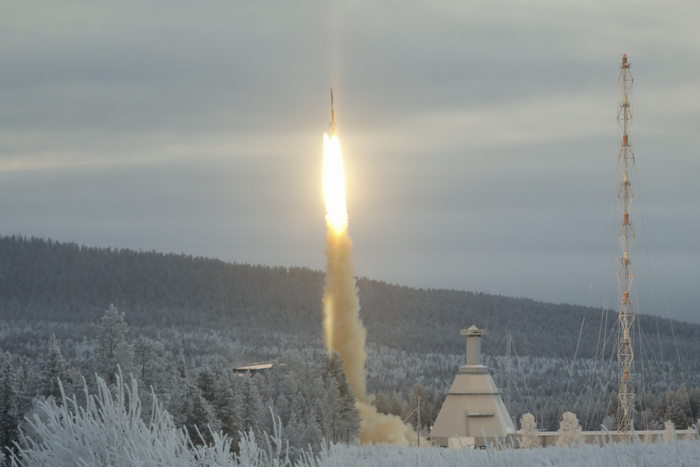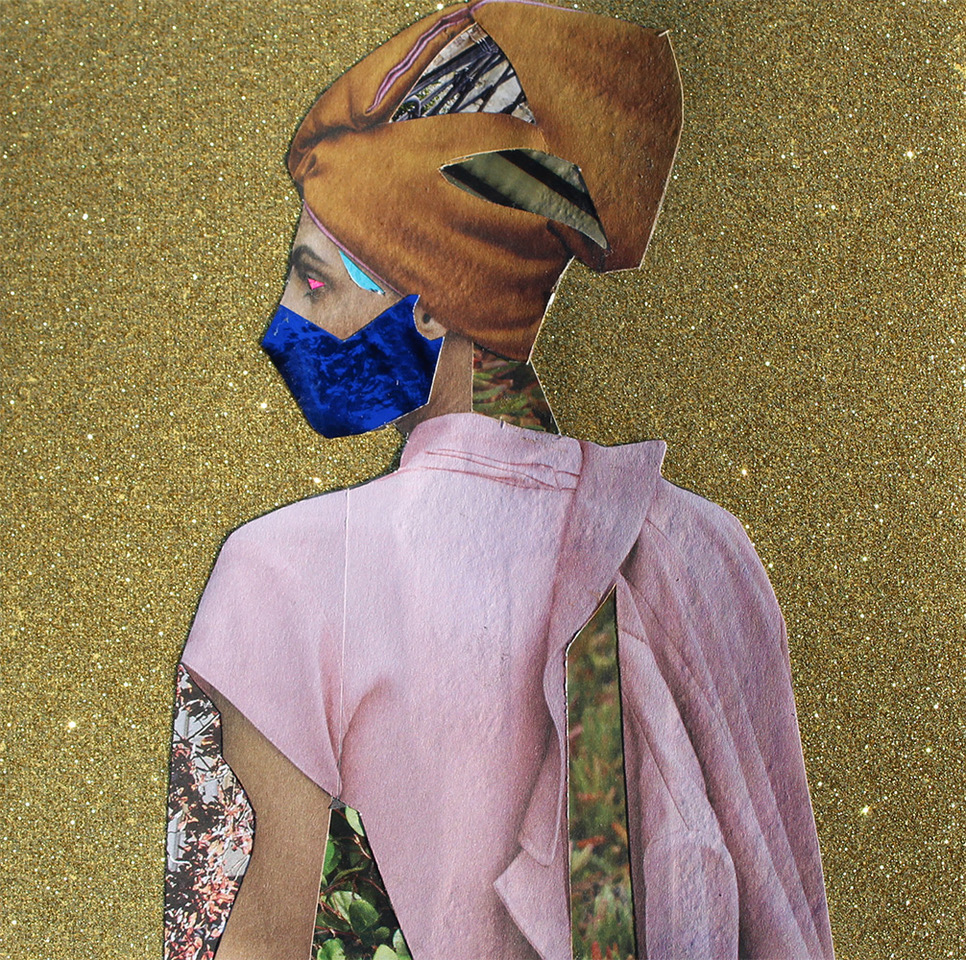This news comes from the University of Edinburgh (Scotland). From an October 10, 2023 news item on phys.org, Note: A link has been removed,
Scientists have used gene editing techniques to identify and change parts of chicken DNA that could limit the spread of the bird flu virus in the animals.
Researchers were able to restrict—but not completely block—the virus from infecting chickens by altering a small section of their DNA.
The birds showed no signs that the change in their DNA had any impact on their health or well-being.
The findings are an encouraging step forward, but experts highlight that further gene edits would be needed to produce a chicken population which cannot be infected by bird flu—one of the world’s most costly animal diseases.
An October 10, 2023 University of Edinburgh press release, which originated the news item, provides more detail about this research,
Gene editing
Scientists from University of Edinburgh, Imperial College London and the Pirbright Institute bred the chickens using gene editing techniques to alter the section of DNA responsible for producing the protein ANP32A. During an infection, flu viruses hijack this molecule to help replicate themselves.
When the ANP32A gene-edited chickens were exposed to a normal dose of the H9N2-UDL strain of avian influenza virus – commonly known as bird flu – 9 out of 10 birds remained uninfected and there was no spread to other chickens.
Partial protection
The research team then exposed the gene-edited birds to an artificially high dose of avian influenza virus to further test their resilience.
When exposed to the high dose, half of the group – 5 out of 10 birds – became infected. However, the gene edit did provide some protection, with the amount of virus in the infected gene-edited chickens much lower than the level typically seen during infection in non-gene-edited chickens.
The gene edit also helped to limit onward spread of the virus to just one of four non-gene-edited chickens placed in the same incubator. There was no transmission to gene-edited birds.
Viral evolution
Scientists found that in the ANP32A gene-edited birds, the virus had adapted to enlist the support of two related proteins – ANP32B and ANP32E – to replicate.
Following lab tests, scientists found that some of the mutations enabled the virus to utilise the human version of ANP32, but its replication remained low in cell cultures from the human airway.
Experts say that additional genetic changes would be needed for the virus to infect and spread effectively in humans.
However, the findings demonstrate that the single ANP32A gene edit is not robust enough for application in the production of chickens, according to the team.
Gene editing
Scientists from University of Edinburgh, Imperial College London and the Pirbright Institute bred the chickens using gene editing techniques to alter the section of DNA responsible for producing the protein ANP32A. During an infection, flu viruses hijack this molecule to help replicate themselves.
When the ANP32A gene-edited chickens were exposed to a normal dose of the H9N2-UDL strain of avian influenza virus – commonly known as bird flu – 9 out of 10 birds remained uninfected and there was no spread to other chickens.
Partial protection
The research team then exposed the gene-edited birds to an artificially high dose of avian influenza virus to further test their resilience.
When exposed to the high dose, half of the group – 5 out of 10 birds – became infected. However, the gene edit did provide some protection, with the amount of virus in the infected gene-edited chickens much lower than the level typically seen during infection in non-gene-edited chickens.
The gene edit also helped to limit onward spread of the virus to just one of four non-gene-edited chickens placed in the same incubator. There was no transmission to gene-edited birds.
Viral evolution
Scientists found that in the ANP32A gene-edited birds, the virus had adapted to enlist the support of two related proteins – ANP32B and ANP32E – to replicate.
Following lab tests, scientists found that some of the mutations enabled the virus to utilise the human version of ANP32, but its replication remained low in cell cultures from the human airway.
Experts say that additional genetic changes would be needed for the virus to infect and spread effectively in humans.
However, the findings demonstrate that the single ANP32A gene edit is not robust enough for application in the production of chickens, according to the team.
Further edits
To prevent the emergence of escape viruses – viruses that adapt to evade the gene edit and cause infection – the research team next targeted additional sections of DNA responsible for producing all three proteins – ANP32A, ANP32B and ANP32E – inside lab-grown chicken cells.
In cell cultures in the lab, growth of the virus was successfully blocked in cells with the three gene edits.
The next step will be to try to develop chickens with edits to all three genes. No birds have been produced yet.
The study highlights the importance of responsible gene editing and the need to be alert to the risks of driving viral evolution in unwanted directions if complete resistance is not achieved, experts say.
Bird flu is a major global threat, with a devastating impact in both farmed and wild bird populations. In the UK alone, the current outbreak of H5N1 bird flu has decimated seabird populations and cost the poultry industry more than £100 million in losses.
In rare instances, mutations in the bird flu virus allow it to infect people and cause serious illness. Efforts to control the spread of the disease are urgently needed.
“Bird flu is a great threat to bird populations. Vaccination against the virus poses a number of challenges, with significant practical and cost issues associated with vaccine deployment. Gene-editing offers a promising route towards permanent disease resistance, which could be passed down through generations, protecting poultry and reducing the risks to humans and wild birds. Our work shows that stopping the spread of avian influenza in chickens will need several simultaneous genetic changes.” Professor Mike McGrew, The study’s principal investigator, from the University of Edinburgh’s Roslin Institute
“This work is an exciting collaboration that fuses our expertise in virology with the world-leading genetic capability at the Roslin Institute. Although we haven’t yet got the perfect combination of gene edits to take this approach into the field, the results have told us a lot about how influenza virus functions inside the infected cell and how to slow its replication.” Professor Wendy Barclay, Imperial College London
The research was funded by UKRI-BBSRC, which also provides strategic funding to The Roslin Institute, and was supported by Edinburgh Innovations, the University’s commercialisation service.
Ryan O’Hare’s October 10, 2023 Imperial College London (ICL) press release offers a slightly different perspective on the same work, Note: A link has been removed,
Scientists have successfully used gene editing techniques to limit the spread of bird flu in chickens.
In a UK first, researchers have been able to restrict, but not completely block, the avian influenza virus from infecting the birds by precisely altering a small section of their DNA.
The modified birds showed no signs that the change had any impact on the animals’ health or well-being.
But the researchers say that while the findings are encouraging, further gene edits would be needed to produce chickens which cannot be infected by bird flu.
The study, carried out by researchers from the University of Edinburgh, Imperial College London and the Pirbright Institute, is published in the journal Nature Communications.
Professor Wendy Barclay, Head of the Department of Infectious Disease at Imperial College London, said: “This work is an exciting collaboration that fuses our expertise in virology with the world world-leading genetic capability at the Roslin Institute.
“Although we haven’t yet got the perfect combination of gene edits to take this approach into the field, the results have told us a lot about how influenza virus functions inside the infected cell and how to slow its replication.”
Global Threat
Bird flu is a major global threat, with a devastating impact in both farmed and wild bird populations. In the UK alone, the current outbreak of H5N1 bird flu has decimated seabird populations and cost the poultry industry more than £100 million in losses.
In the latest study, researchers aimed to test whether precise edits to the chicken’s genome could potentially generate birds which are resistant to the virus.
The team bred chickens with small edits to a gene called ANP32A. During an infection, influenza viruses hijack the ANP32A protein to help replicate themselves.
But when the gene-edited birds were exposed to a normal dose of virus (the H9N2 strain of avian influenza), 9 out of 10 birds remained uninfected and there was no spread to other chickens.
When the birds were exposed to an artificially high dose of virus, only half of them became infected. The single gene edit also provided some protection against transmission, with a much lower amount of virus in infected gene-edited birds compared to non-edited birds.
In addition, the edit also helped to limit onward spread of the virus to just one of four non-edited chickens placed in the same incubator. There was no transmission to gene-edited birds.
Triple edits
Analysis revealed that in the edited birds, the virus adapted to enlist the support of two related proteins to replicate – ANP32B and ANP32E.
Following lab tests, the researchers found some of the mutations may enable the virus to utilise the human version of ANP32, but replication remained low in cell cultures from the human airway. The researchers stress that additional genetic changes would be needed for the virus to have the potential to infect and spread effectively in humans.
According to the team, the findings demonstrate that a single gene edit is not robust enough to produce resistant chickens. To prevent the emergence of viruses able to adapt to the single edit, the team next used a triple edit to target additional proteins (ANP32A, ANP32B and ANP32E) in lab-grown chicken cells.
In cell cultures in the lab, growth of the virus was successfully blocked in cells with edits to all three genes. In future, researchers hope to develop chickens with this triple edit, but no birds have been produced at this stage.
According to the researchers, the study highlights the importance of responsible gene editing and the need to be alert to the risks of driving viral evolution in unwanted directions if complete resistance is not achieved, experts say.
Professor Mike McGrew, from the University of Edinburgh’s Roslin Institute and principal investigator of the study, said: “Bird flu is a great threat to bird populations. Vaccination against the virus poses a number of challenges, with significant practical and cost issues associated with vaccine deployment.
“Gene-editing offers a promising route towards permanent disease resistance, which could be passed down through generations, protecting poultry and reducing the risks to humans and wild birds. Our work shows that stopping the spread of avian influenza in chickens will need several simultaneous genetic changes.”

There’s also an October 10, 2023 article by Jon Cohen for Science.org, which gives some idea of how much work it took to get to this point, Note: Links have been removed,
For 3 decades, Helen Sang has tinkered with the genomes of chickens to try to make the birds resistant to the flu viruses that periodically devastate flocks and raise fears of a human pandemic. Now, as an especially virulent strain of avian influenza sweeps through poultry and wild birds around the world, the geneticist at the University of Edinburgh’s Roslin Institute has her first solid success. Using the CRISPR gene editor and recent findings about what makes poultry vulnerable to flu, Sang and colleagues from three other institutions have created chickens that can resist real-life doses of avian flu viruses. “Sticking to it gets you somewhere in the end,” she says.
The result, published today [October 5, 2023] in Nature Communications, is “a long-awaited achievement,” says Jiří Hejnar, a virologist at the Czech Academy of Sciences’s Institute of Molecular Genetics whose group showed in 2020 that CRISPR-edited chickens could resist a cancer-causing virus. But farmers won’t be raising flu-proof chickens anytime soon. The edited birds still became infected when exposed to larger amounts of the flu virus. And the strategy raises a safety concern: chickens edited this way could, in theory, drive the evolution of flu variants better at infecting people. “What this showed is a proof of concept,” says Wendy Barclay, a virologist at Imperial College London who worked on the new study. “But we’re not there yet.”
…
Here’s a link to and a citation for the paper,
Creating resistance to avian influenza infection through genome editing of the ANP32 gene family by Alewo Idoko-Akoh, Daniel H. Goldhill, Carol M. Sheppard, Dagmara Bialy, Jessica L. Quantrill, Ksenia Sukhova, Jonathan C. Brown, Samuel Richardson, Ciara Campbell, Lorna Taylor, Adrian Sherman, Salik Nazki, Jason S. Long, Michael A. Skinner, Holly Shelton, Helen M. Sang, Wendy S. Barclay & Mike J. McGrew. Nature Communications volume 14, Article number: 6136 (2023) DOI: https://doi.org/10.1038/s41467-023-41476-3 Published: 10 October 2023
This paper is open access.











